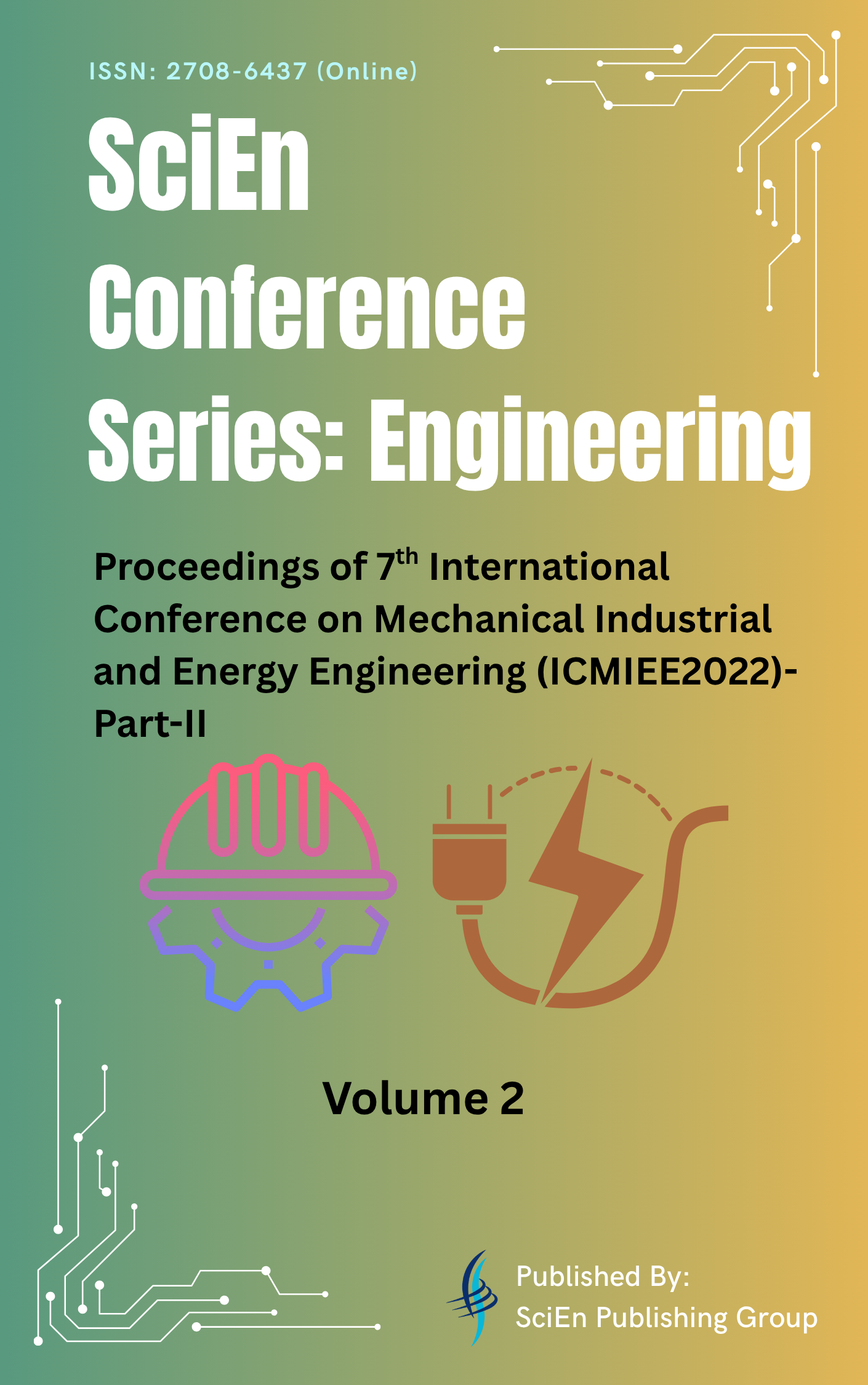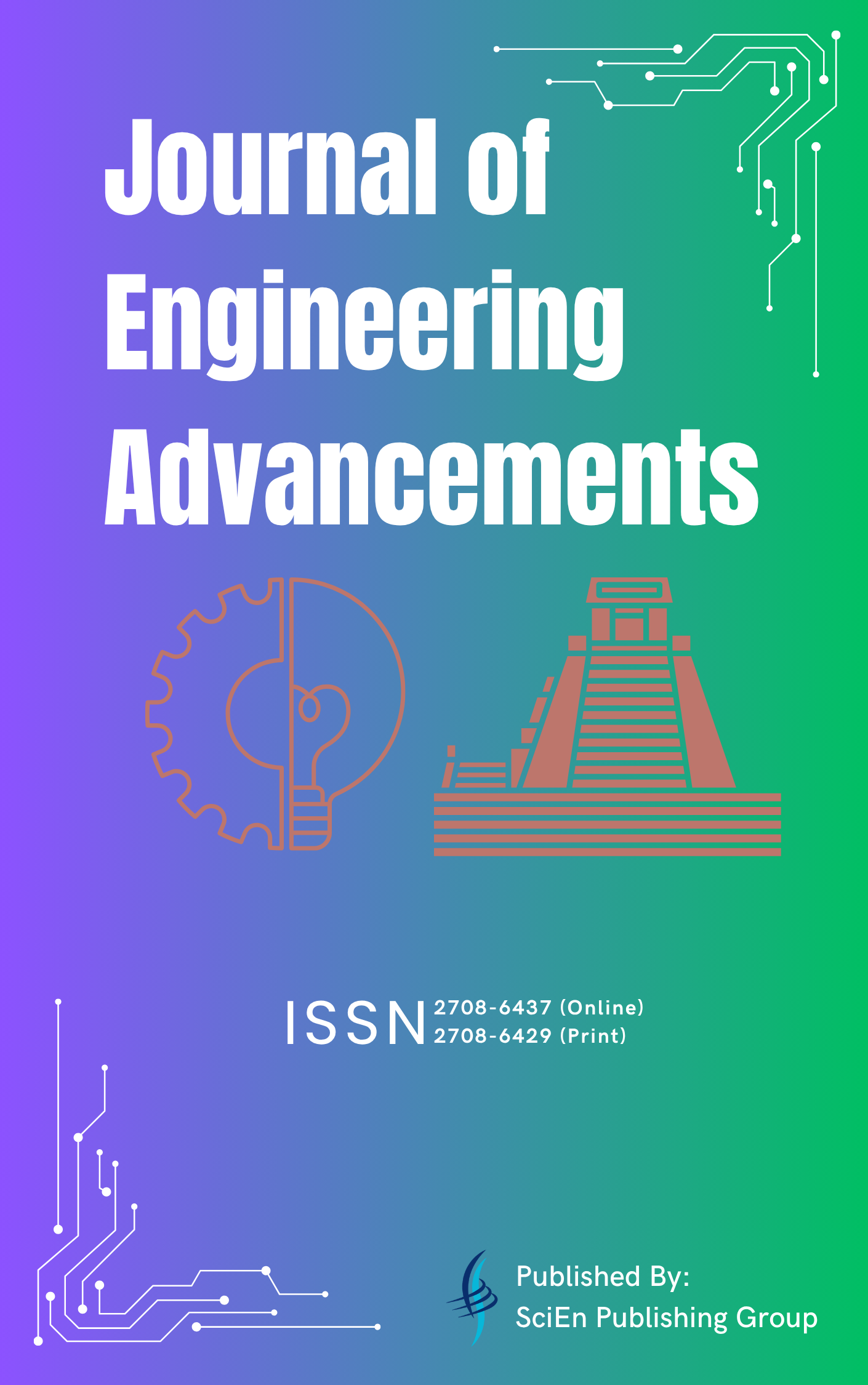Water Quality Assessment of Teligati Region, Khulna
DOI:
https://doi.org/10.38032/scse.2025.2.8Keywords:
Water quality index, Shallow tube well, Treated water, ColiformAbstract
Over the years, the decrease in drinking water quality has become a matter of concern for living organisms. This paper shows the physical and chemical characteristics of five different drinking water supplies for the residents of the Teligati region, Khulna. Both treated water supply and natural water supplies were taken into consideration for the research. This research aims to properly understand the Drinking Water Quality Index (WQI) that is being compromised for various geographical and artificially created problems. Using proper experiments conducted in the Environmental Lab of KUET, this study was conducted to determine the specific values of Bio-Chemical Oxygen Demand (BOD), Dissolved Oxygen (DO), pH, Total Hardness (TH), Electrical Conductivity (EC), Chloride concentration, Turbidity, Color, Total Suspended Solids (TSS) and Total Dissolved Solids (TDS) of five different samples taken for five major drinking water supplies of Teligati, KUET. All the data collected were compared with different parameters set by WHO and the deviations were observed. From the experimental data, the drinking water supply from BSMRH Hall, a fairly deep tube well (290 feet) situated close to the area, and the water supplied in the outside restaurants met the parameters set by WHO, and the other two only just made the boundary of the parameter. The non-treated drinking water supply from Bangabandhu Sheikh Mujibur Rahman Hall (BSMRH) of KUET and the Shallow tube well situated in the study area were also very close to the allowed range set by World Health Organization (WHO). The BSMRH hall drinking water supply was treated for drinking and the other four supplies were natural. This study confirms the fluctuation of the Drinking water quality index but it rarely surpasses the Water Quality Index (WQI). The treatment method needs minor adjustments and more modern techniques need to be applied. The shallow tube wells need to go out. Further bacteriological and spectrophotometric ion detection methods should be conducted in further studies for the detection of heavy metals like Arsenic, Mercury, and Lead, and also Total Coliform Count.
Downloads
Downloads
Downloads
References
[1] E. Fantini, "An introduction to the human right to water: Law, politics, and beyond," Wiley Interdisciplinary Reviews: Water, vol. 7, no. 2, p. e1405, 2020. DOI: https://doi.org/10.1002/wat2.1405
[2] R. Jackson et al., "Water in changing world, issues in Ecology," Ecol. Soc. Am, vol. 11, pp. 1027-1045, 2001. DOI: https://doi.org/10.1890/1051-0761(2001)011[1027:WIACW]2.0.CO;2
[3] Z. Napacho and S. Manyele, "Quality assessment of drinking water in Temeke District (part II): Characterization of chemical parameters," African journal of environmental science and technology, vol. 4, no. 11, pp. 775-789, 2010.
[4] R. R. Krishnan, K. Dharmaraj, and B. R. Kumari, "A comparative study on the physicochemical and bacterial analysis of drinking, borewell and sewage water in the three different places of Sivakasi," Journal of Environmental Biology, vol. 28, no. 1, pp. 105-108, 2007.
[5] D. A. Yanggen and S. M. Born, "Protecting groundwater quality by managing local land use," Journal of Soil and Water Conservation, vol. 45, no. 2, pp. 207-210, 1990. DOI: https://doi.org/10.1080/00224561.1990.12456464
[6] M. Vircavs, "Chemical composition and assessment of drinking water quality: Latvia case study," Proceedings of ECOpole, vol. 3, 2009.
[7] B. H. Durmishi, M. Ismaili, A. Shabani, and S. Abdul, "Drinking water quality assessment in Tetova region," American Journal of Environmental Sciences, vol. 8, no. 2, p. 162, 2012. DOI: https://doi.org/10.3844/ajessp.2012.162.169
[8] T. Poonam, B. Tanushree, and C. Sukalyan, "Water quality indices-important tools for water quality assessment: a review," International Journal of Advances in chemistry, vol. 1, no. 1, pp. 15-28, 2013.
[9] C. V. F. Marmontel, M. E. Lucas-Borja, V. A. Rodrigues, and D. A. Zema, "Effects of land use and sampling distance on water quality in tropical headwater springs (Pimenta creek, São Paulo State, Brazil)," Science of the Total Environment, vol. 622, pp. 690-701, 2018. DOI: https://doi.org/10.1016/j.scitotenv.2017.12.011
Published
Conference Proceedings Volume
Section
License
Copyright (c) 2025 Md. Adnan Bin Aziz, Md. Asfak Uddin, S.K. Yasir Arafat Siddiki (Author)

This work is licensed under a Creative Commons Attribution 4.0 International License.
All the articles published by this journal are licensed under a Creative Commons Attribution 4.0 International License


